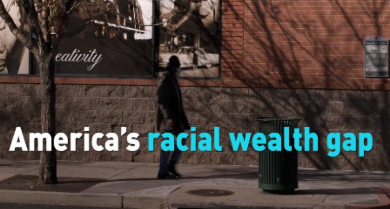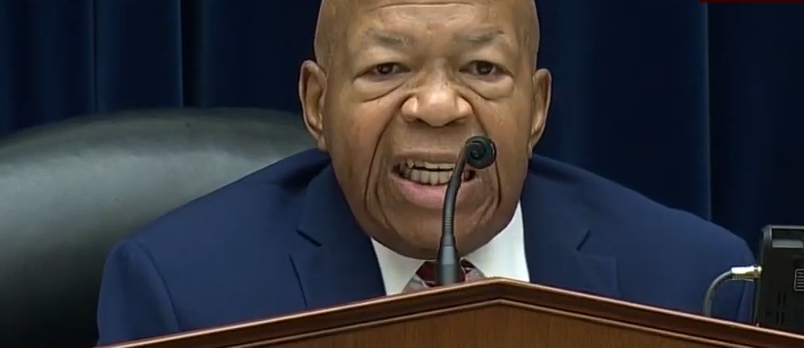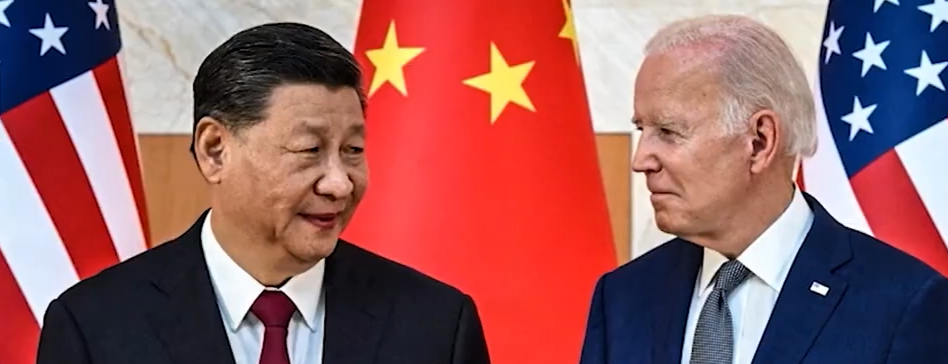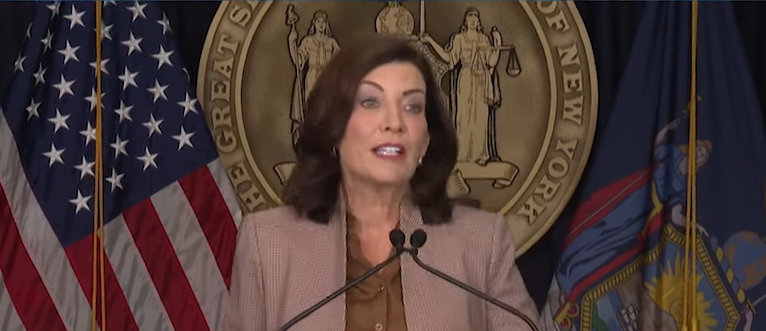Photo: YouTube
Washington, D.C. — A new analysis from the Center for American Progress shows that the long-standing Black-white wealth gap hurt Black households’ ability to weather the COVID-19 pandemic. It also describes how, without policy interventions, the pandemic may lead to a widening of the wealth gap between Black and white Americans.
Even before the pandemic, centuries of policy choices by federal, state, and local governments led to the typical Black household holding just one-tenth of the wealth of the typical white household. In “Wealth Matters: The Black-White Wealth Gap Before and During the Pandemic,” authors Christian E. Weller and Richard Figueroa find that during the pandemic, Black households faced more financial emergencies with fewer economic resources, resulting in a widening gap in economic opportunity between Black and white households.
Key findings include:
- Many more white households than Black households were able to use their savings during the pandemic to fill financial gaps left by job losses and/or higher health care costs. While 45.9 percent of white households that saw a drop in job-related income used their savings to pay for current expenses, only 30.6 percent of Black households did so. Similarly, more white households than Black households—28.5 percent versus 18.8 percent—used their savings when they were out of work due to health reasons.
- During the pandemic, a higher percentage of Black households had to borrow money than white households. For example, 44.5 percent of white households that used savings to pay for expenses also borrowed on credit cards, and 16.1 percent borrowed from family and friends. In comparison, more Black households in this situation borrowed money, with 45.8 percent taking out loans and 28.5 percent borrowing from family and friends. Essentially, Black households substituted more debt for limited emergency savings, widening the wealth gap between typical Black and white families.
- The fortunes of Black and white homeowners diverged during the pandemic. A much larger share of Black homeowners than white homeowners—17.6 percent versus 6.9 percent—fell behind on their mortgage from August 2020 to March 2021.
- Homeownership among African-Americans grew more slowly than it did for white households during the pandemic. Black Americans were less able to take advantage of historically low interest rates. The Black homeownership rate stood at 44.1 percent by the end of 2020, almost equal to the 44 percent rate at the end of 2019. In comparison, the white homeownership rate rose from 73.7 percent to 74.5 percent during the same time period. Simply put, Black households faced more obstacles to becoming and staying homeowners because they had less money to fall back on.
- Among Black households that borrowed from family and friends, 43.9 percent canceled their postsecondary plans, and another 12.9 percent decided to take fewer classes. In comparison, 29.1 percent of white households that mainly used their income for expenses decided to cancel their postsecondary plans, and another 10.1 percent decided to take fewer classes. Again, less access to emergency savings often translates to more borrowing from friends and family, fewer future opportunities, and less economic mobility for Black households, compared with white households.
The new CAP analysis makes the case that given the sheer size of the Black-white wealth gap, it would take a wide range of policy measures across an extended period of time to eliminate it, including direct targeted financial transfers to African Americans to overcome their inherent wealth disadvantages across generations. The brief also takes a look at steps the Biden administration can take to close the racial wealth gap, based on the National Advisory Council on Eliminating the Black-White Wealth Gap’s work over the course of 2020.
Those solutions include:
- Improving access to unbanked and underbanked households through postal banking
- Increasing access to federal research and development funding for Black innovators and inventors
- Providing additional support for Black entrepreneurs to start and grow their businesses
- Establishing greater access to retirement savings through a national saving plan
- Investing in early childhood care and education to lower costs and increase income stability
- Providing financial support for higher education to shrink the wealth gap through lower debt burdens and higher career earnings
- Increasing homeownership and protecting housing assets from climate change
“If left unchecked, the pandemic may result in the Black-white wealth gap growing even larger,” said Weller. “The wealth gap is the result of policy choices dating back to centuries of slavery, decades of Jim Crow policies, and discriminatory policies that continue today. But the past and present don’t have to be our future. Policymakers can choose to shrink and eventually close the wealth gap. The Biden administration has already made meaningful steps in the right direction, but truly closing the wealth gap and addressing Black families’ lack of financial security and opportunity is a generational challenge that will require sustained momentum from all levels of government over the coming years and decades.”
Read the issue brief: “Wealth Matters: The Black-White Wealth Gap Before and During the Pandemic” by Christian E. Weller and Richard Figueroa
Read the accompanying fact sheet: “Summary of Proposals and Policy Actions To Reduce the Black-White Wealth Gap” by Christian E. Weller and Richard Figueroa








